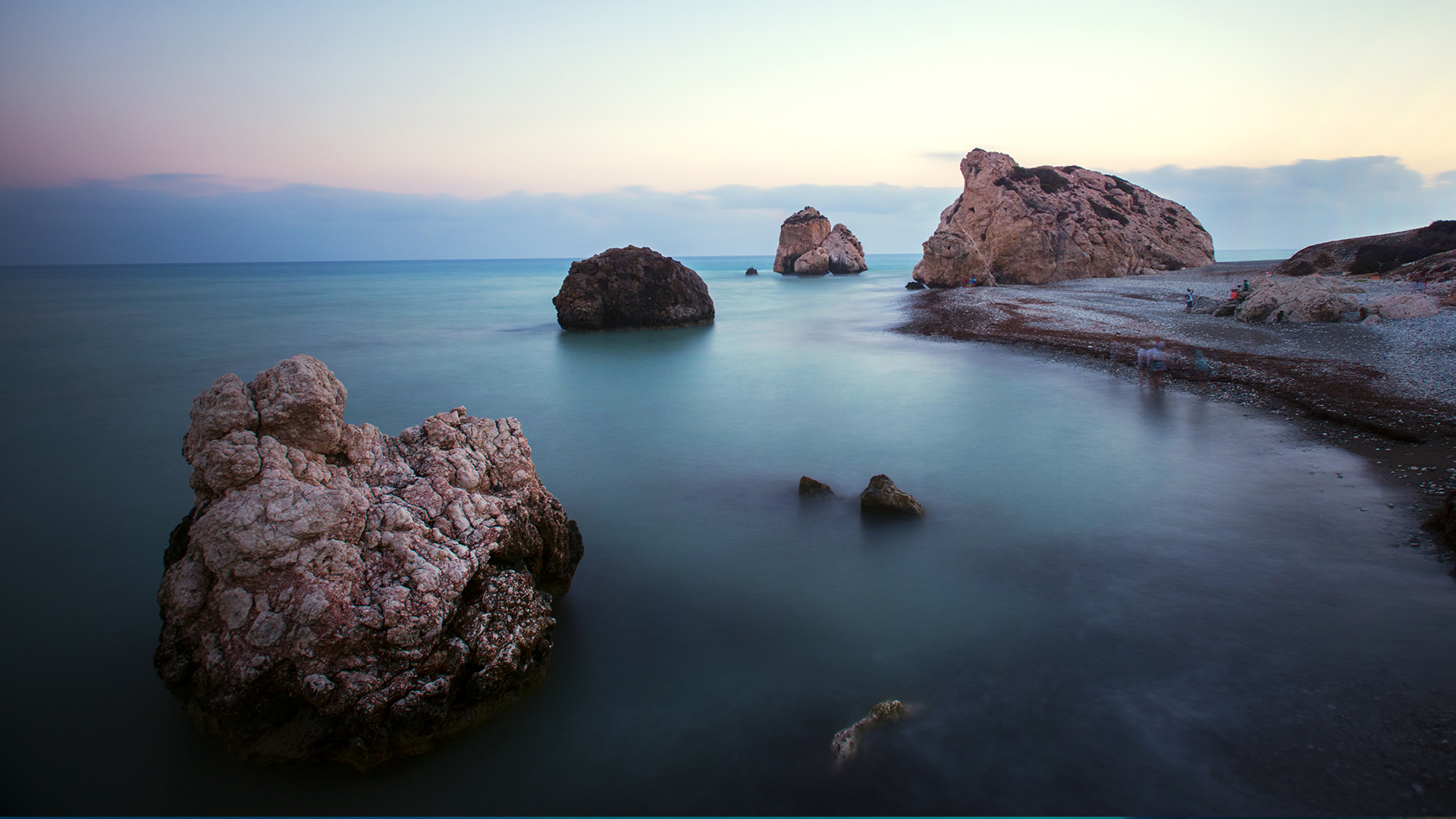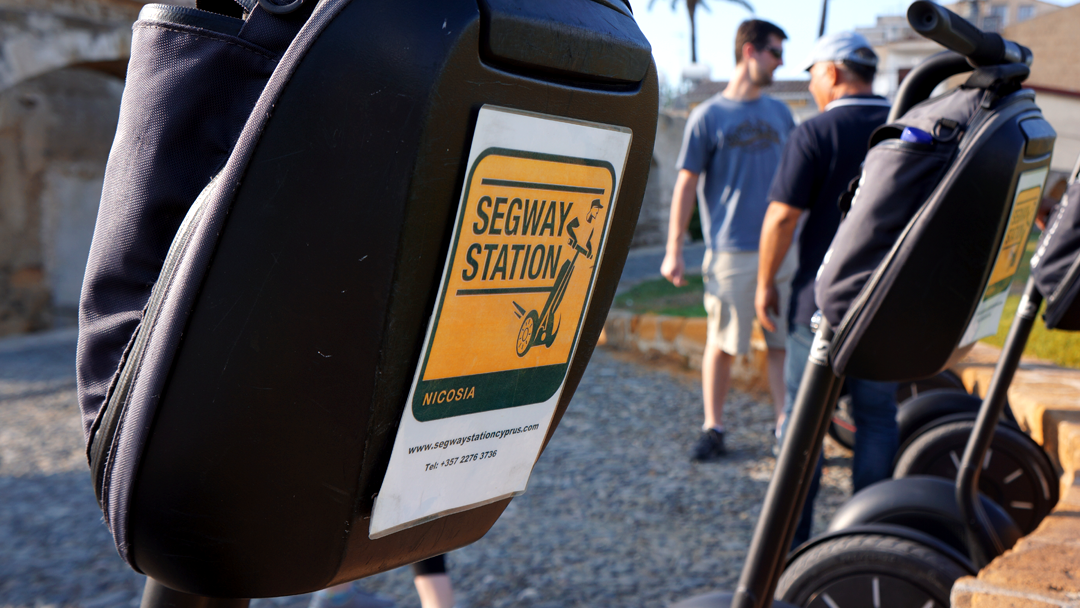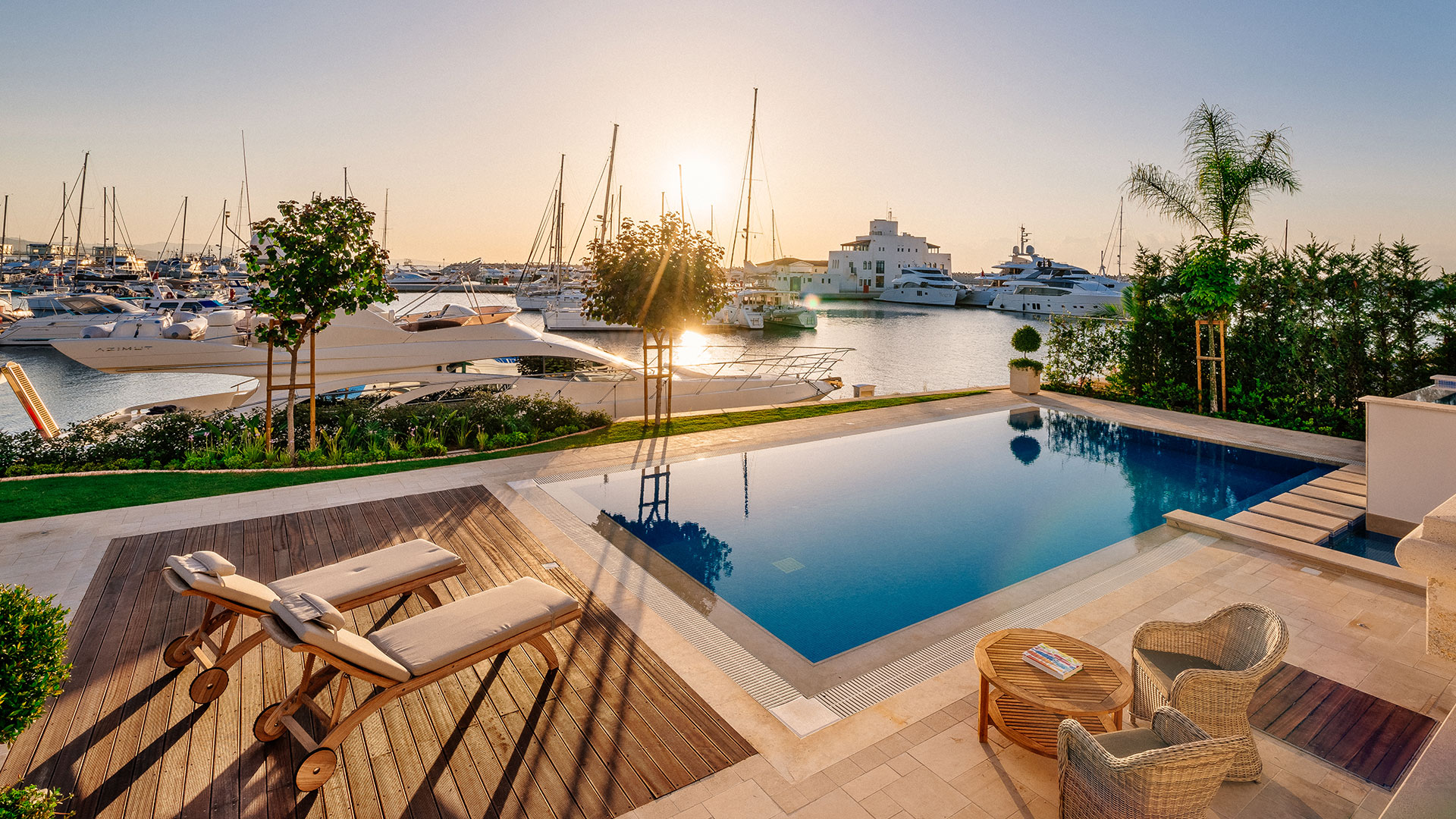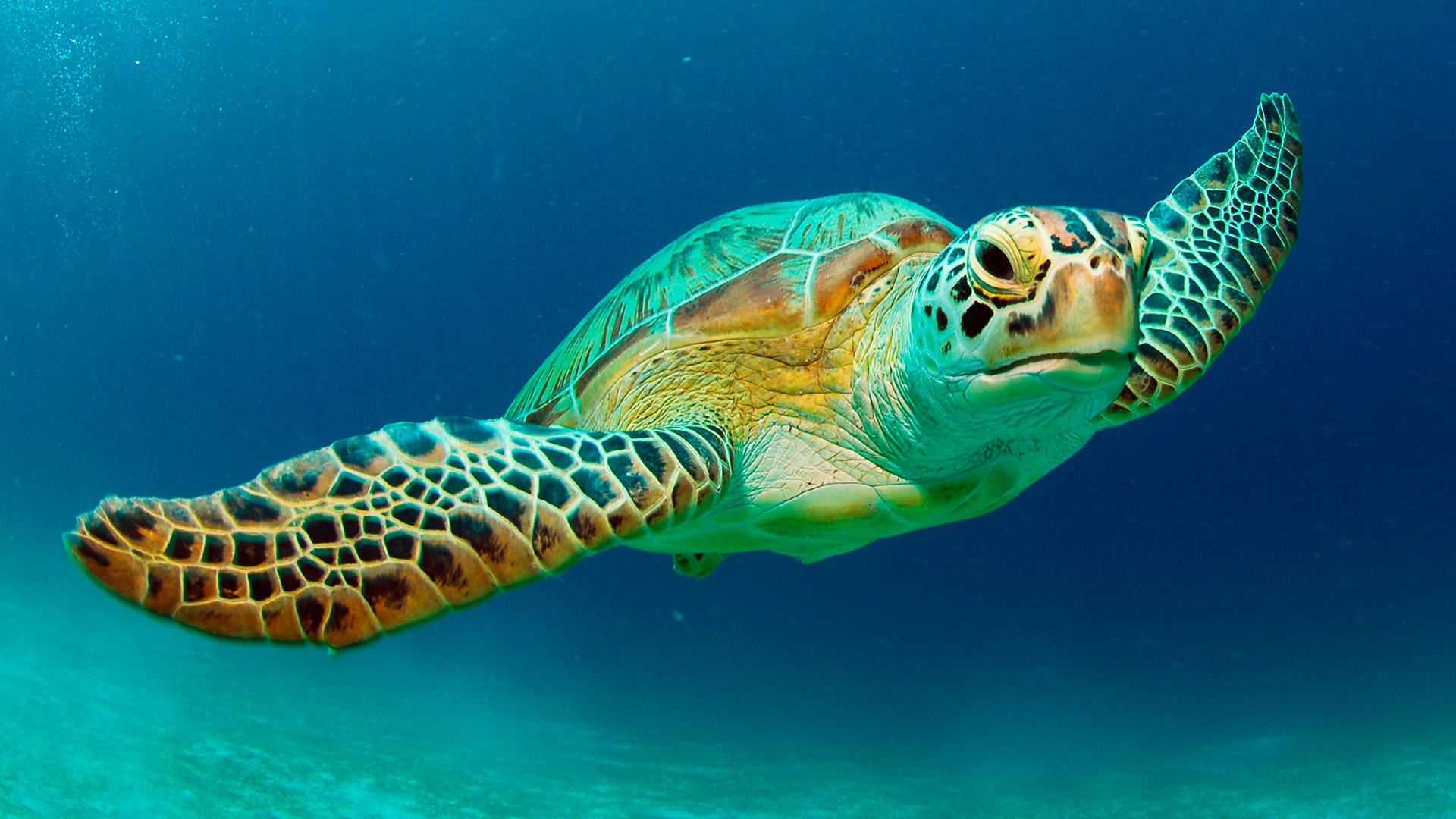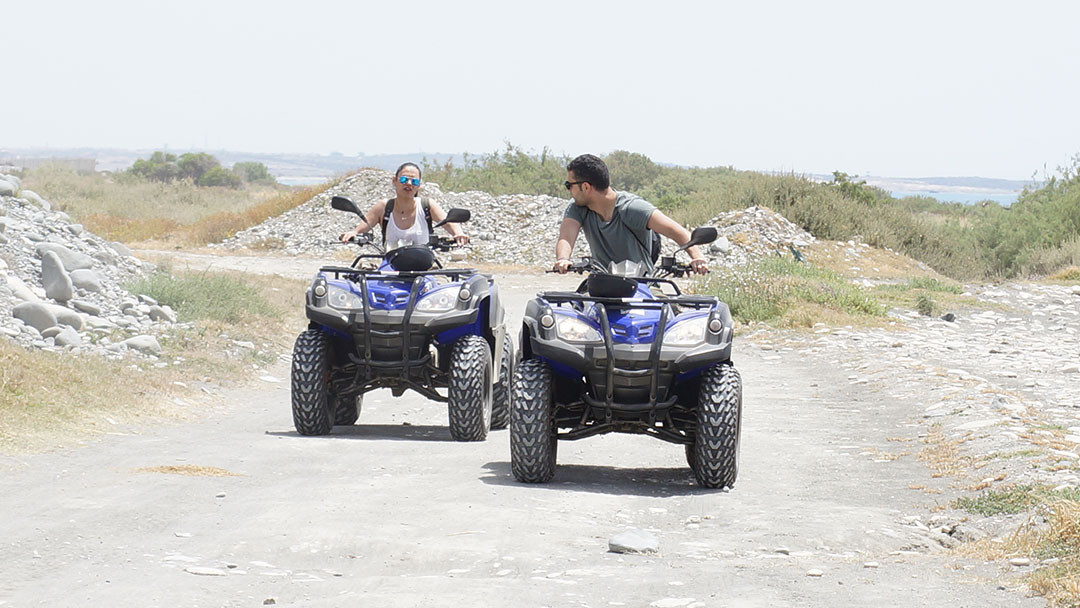An all-encompassing overview of Cyprus
“The mythical birthplace of Aphrodite.”
Cyprus is an island torn by two long-standing cultures, yet united by the Mediterranean Aegean Sea ethos. It boasts a harmony of sun, sea and sand against a backdrop of shaded limestone, cobbled pathways, abandoned buildings and rugged coastlines. Aesthetically, the island is quite dry. Palm trees are not native to its habitat but have long been imported as well as many other faunas and floras. Since the civil war, Cyprus has been divided by a Green Line, which is monitored by the UN, that has left houses and whole cities untouched. Shadowed by its history, Cyprus’s future will be decided by politics and policy makers. Until then, many of the island’s developments have been on pause as the people wait for unity.
Best time to goApr-Nov
Avg temp26°
Local currency€ / ₺
Plug type G
Cruising friendlyMed
Good to know travel advice for Cyprus
Costs
For the Mediterranean, Cyprus is relatively cheap but never underestimate the hikes to tourists. As it’s an island, not everything is local and imported items are noticeable more expensive so eating and drinking local produce is a good way to keep the costs down. Cheap accommodation can be found through Airbnb with the cheapest we’ve seen being as little as €16 per night. The north of Cyprus is considerably cheaper than the south, as you use Turkish Lira rather than Euros, which allows your money to go a lot further.
Getting around
In the south, getting around is easy and cheap with public transport. Whether you’re travelling inner city or from city to city, there are loads of routes all costing on average €1.30. In the north, driving is your best bet and hiring a car can be cheap too. Do note that you will need third-party insurance (extra to your renter’s insurance). If you cross the border, arranging in advance is available from some renters or can be purchased at the border. Insurance packages are available from one day up to twelve months (make sure you keep it on you as you’re likely to get stopped and checked if in a car hired from the south). Also be aware of the speed cameras, which are heavily used along the highways in the north and if caught speeding, you’ll be fined when crossing the border again – no payment results in your passport being confiscated so be careful!
The local language
If you head to north Cyprus, the language most commonly found will be standard Turkish with its southerly neighbours opting for modern Greek. English is found throughout the island and very common throughout the south. However, it reduces the further north you go, with the peninsular being the hardest area to find locals understanding English.
A torn island
The Cyprus dispute involves the Turkish and Greek inhabitants of the island, which are both governing the split sovereign state. An impending peace treaty is likely to occur, but for now a UN buffer divides the island. Crossing via border checkpoints is relatively easy and simply requires your passport.
Beaches littered with treasures
Cyprus is an island that requires a keen eye to really appreciate its hidden treasures. Just an example of some of the things you may have missed are the capsized MS Zenobia diving site, Buffavento castle tucked in the Kyrenia mountain range, the holy monastery of St Nicholas of the Cats near Akrotiri, the shipwreck of Edro III just off the sea caves near Paphos, and the ancient sex curse of Cyprus in the ancient kingdom Amathus. Exploring Cyprus’s endless coastlines will surely hold many quirky or historic finds both above and below the surface!
Daily budgetest. €50
Dinner for 2avg. €30
Taxi (10min)avg. €8
Pint of beeravg.€3
Quick tips
Crossing the border
The borders between north and south Cyprus were opened, for the first time since the civil war, in April 2003. Since then, there are now several crossing points in total along the Green Line in Cyprus (including two pedestrian only and one vehicle only). Depending on where you’re headed, one crossing may be better suited to you than the next.
Limnitis/Yesilirmak
Most recently opened. Closest crossing to Kato Pyrgos, use when visiting Lefke/Lefka.
Astromeritis/Zodhia
Closest crossing to Morphou/Güzelyurt, use when visiting Lefkosia or Troodos Mountains.
Agios Dometios/Metehan (car only)
Closest crossing to Lefkosia, use when vsiting Kerynia and the north coast.
Ledra Palace, Lefkosia (pedestrian only)
Closest crossing to Nicosia, use when visiting the North/South Cyprus.
Ledra Street, Lefkosia (pedestrian only)
Closest crossing to Nicosia, use when visiting the Old Town/city centre.
Pyla/Beyarmudu
Closest crossing to Larnaka, use when visiting Famagusta/Gazimağusa.
Strovilia
The easternmost crossing point, closest crossing to Famagusta/Gazimağusa , use when visiting Ayia Napa, Paralimni and Deryneia.
Third party car insurance
Third party car insurance is a minimum requirement under EU law and is mandatory in North Cyprus.
When hiring a rental car, most northern rentals won’t allow tourists to take the car to the south. Instead, you will have to hire the car from South Cyprus and apply for third party insurance at one of the checkpoints in the border or have your rental company prepare the documents.
Third party car insurance for North Cyprus is usually at a standard rate of €50 for a month, dependent on the vehicle specifications and duration, with fully comprehensive double. This is not including the insurance for the hire car and South Cyprus.
- Drive on the left (south and north)
- Flushing toilet paper is prohibited across the whole island
- It is advised not to fill up on the starter courses of a large meze
- The north is considerably cheaper than the south
- Tap water in the north is undrinkable
Useful links
What to do whilst in Cyprus
We’ve meticulously, handpicked all the must sees and dos whilst here. Choose and explore our Area Guides below to get started.
Diaries from cyprus
No Results Found
The page you requested could not be found. Try refining your search, or use the navigation above to locate the post.



